While this review avoids spoilers, the first five episodes of Star Trek: Strange New Worlds were screened for review.
By now, you’ve probably formed your own opinion on Star Trek: Strange New Worlds. In the internet bubbles where I spend my time, it’s been fairly well received. And the news that the fifth season of the fifth Paramount+ era Star Trek era series will be the show’s last? Well, that’s been less well received.
But more on that later. For now, let’s consider the show’s upcoming third season. With the first episode having debuted tonight at Tribeca Festival 2025, we’ve entered the next phase of the show. And while the first half of the antepenultimate season is good, it will sink, swim or soar based on the quality of the season’s latter five episodes.
Previously on…
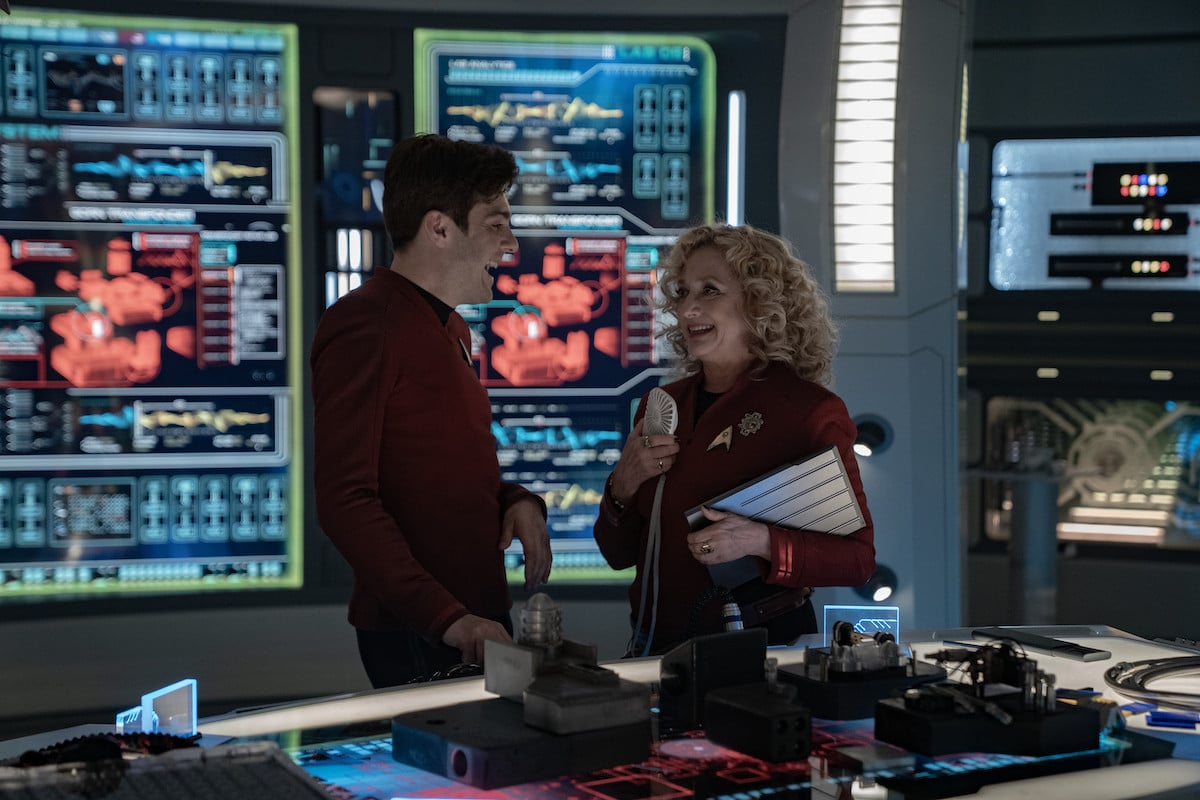 Photos Credit: Marni Grossman/Paramount+
Photos Credit: Marni Grossman/Paramount+Strange New Worlds Season 1 first began streaming several decades ago, in May 2022. It arrived amid a “third renaissance” of Franchise shows: what would now seem to be the height of the Paramount+ era. At that point, none of the era’s shows had been cancelled. Star Trek: Discovery, Star Trek: Picard, Star Trek: Lower Decks and Star Trek: Prodigy were all still ongoing. And while we didn’t quite get a new episode of Star Trek every week in 2022, it was a close thing.
Three years later, the Paramount+ Star Trek landscape has shifted dramatically. While Picard came to a natural conclusion with its third season, the spinoff most everyone (including Terry Matalas) hoped would happen, Star Trek: Legacy, never materialized. Meanwhile, Discovery, Prodigy and Lower Decks have all been cancelled well before any of them had worn out their welcome. And the sole Franchise release so far for 2025, the “special event movie” Star Trek: Section 31, was less than well-received among fans and critics.
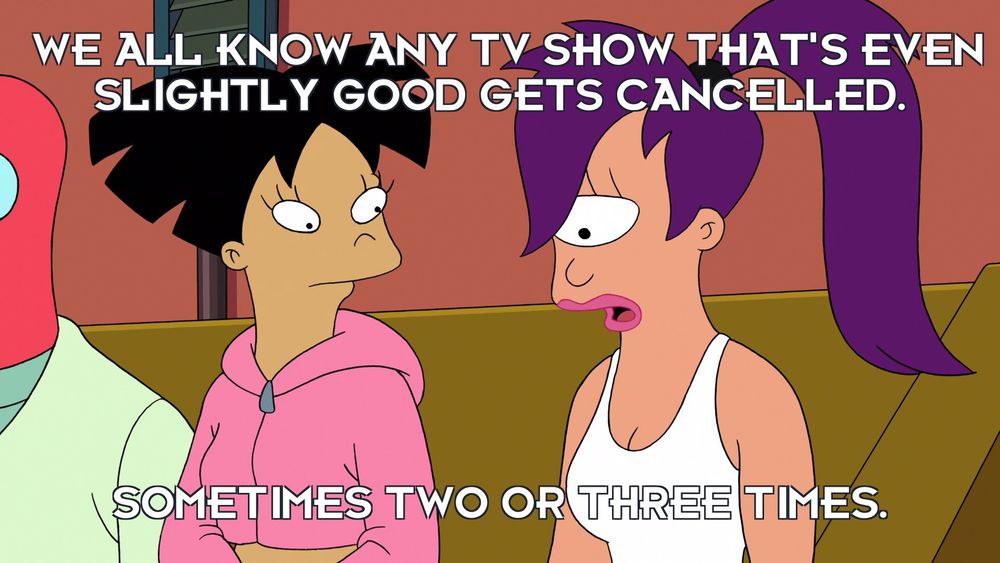 From Futurama.
From Futurama.That leaves Strange New Worlds as the last series standing. Meanwhile, a new show, Star Trek: Starfleet Academy, is in production, with the first season slated to arrive next year. Like Strange New Worlds, it’s a spinoff of Discovery. It’s set in the far-flung future of the 31st century, like the latter three seasons of Disco. With its youthful cast, it seems geared towards bringing new, younger viewers into the Franchise. And given that it boasts the most expensive set ever constructed for a Star Trek series, it might be part of the reason all the earlier shows had to be cancelled.
But that’s 2026, which (as we learned from Captain Christopher Pike (Anson Mount)) may never come. For now, let’s focus on Strange New Worlds.
A Tough Season to Follow
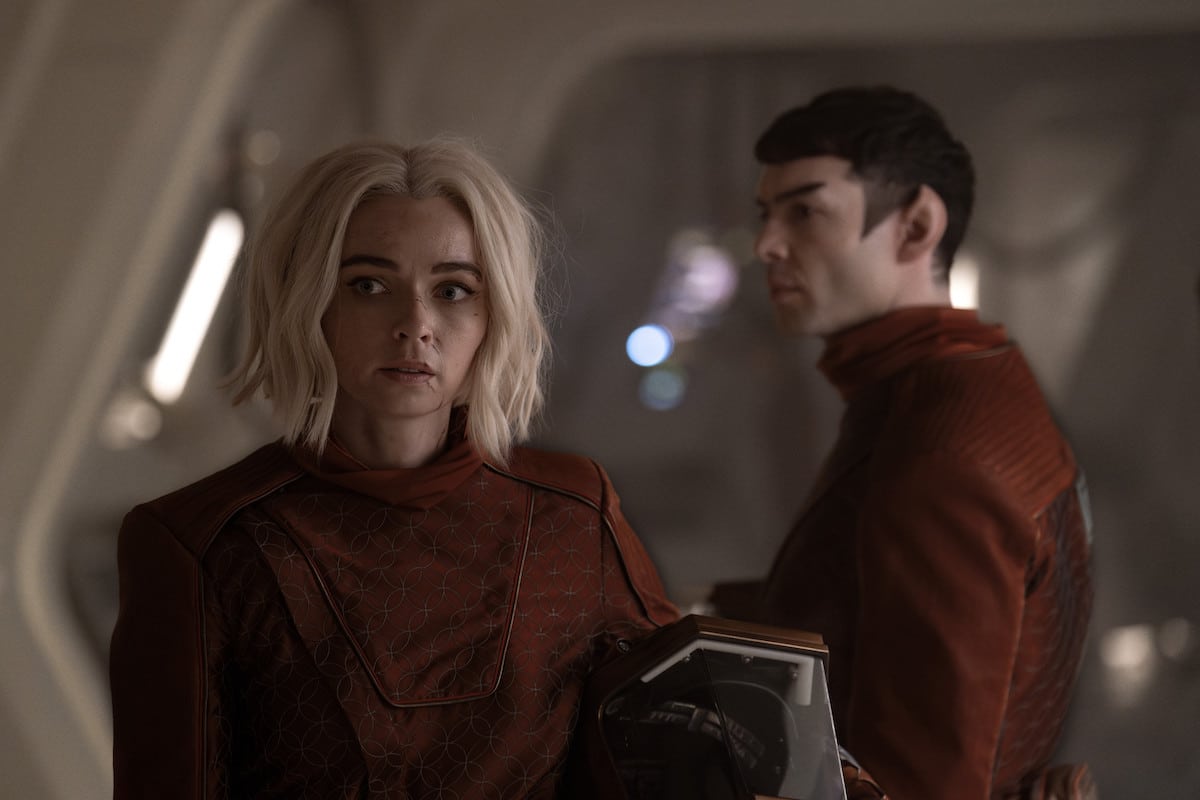
Strange New Worlds started out strong, with a first season that brought a new flavor to the Franchise. This included its incredibly well-done pilot, “Strange New Worlds,” which heavily paid homage to another “woke” sci-fi classic, 1951’s The Day the Earth Stood Still. The season went on to channel another sci-fi cinematic legend, 1979’s Alien, in the season’s penultimate episode, “All Those Who Wander.” In other episodes, 1989’s Star Trek V: The Final Frontier and Star Trek: The Original Series Season 1’s “Balance of Terror” were significantly referenced, as well.
In Strange New Worlds’ second season, the genre homages continued. One notable example was the season opener, “The Broken Circle,” which channeled the original Indiana Jones trilogy. But Strange New Worlds Season 2 also saw the show coming into its own. This was primarily through a commitment to giving each of the season’s 10 episodes their own unique flavor. Coupled with a willingness to push the boundaries of what we’ve seen from the Franchise into more experimental territory, Strange New Worlds had concocted a winning recipe.
The fruits of this recipe were best embodied by the sophomore season’s seventh, eighth and ninth episodes. First was “Those Old Scientists,” directed by Jonathan Frakes. Crossing over with Lower Decks, “Those Old Scientists” moved beyond mere fan service to tell a meaningful story about hero worship and pathological fallacy.
While “Those Old Scientists” steered the series into outright comedy, “Under the Cloak of War” turned towards significantly darker territory. Exploring the wartime PTSD of Joseph M’Benga (Babs Olusanmokun), the episode brought new depth to the doctor and considered the lasting effects of the Federation’s conflict with the Klingons. And finally, the remarkable “Subspace Rhapsody” dramatically shifted the tone again, this time into full-on musical territory.
Star Trek: Strange New Worlds Season 3
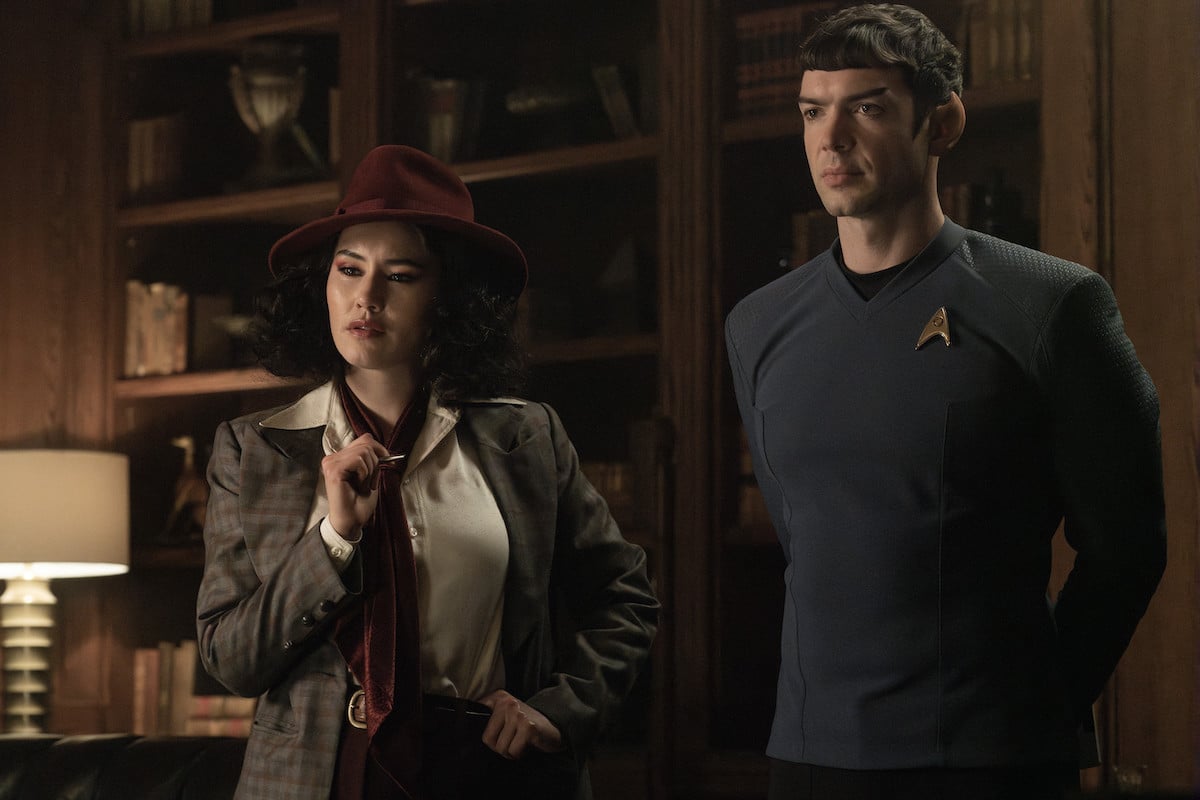
I have some complicated feelings about Strange New Worlds Season 3. And as usual, it’s difficult to discuss without spoiling anything. But I also want to recognize that, when a series is as based on episodic tonal shifts as this, it’s impossible to really judge the season without seeing all ten episodes. As I mentioned above, the second season really came together for me in the back half. It’s entirely possible that the third season will do the same.
Among the five episodes I did see, one in particular stood out. Obviously, I can’t tell you anything about this particular episode. However, I think anyone who is even vaguely familiar with my critical writing on Star Trek will be able to easily identify it when they watch it themselves. Suffice to say, it belongs alongside the three top-tier second season episodes I discussed in the previous section.
But I do have some misgivings regarding the heavy use of recurring guest stars this season. Strange New Worlds has often used guest stars well. Think of Captain Angel (Jesse Keitel) in season 1’s “The Serene Squall,” Neera Ketoul (Yetide Badaki) in season 2’s “Ad Astra Per Aspera” and Dak’Rah (Robert Wisdom) in “Under the Cloak of War.”
However, this is a show that’s already balancing a large main cast. And among that cast are characters who the audience has been wanting to see more of since the start. Erica Ortegas (Melissa Navia), for one, has spawned a frequently repeated demand for “Moretegas.” So, given the show has been limited to five seasons, four of which are just ten episodes and one of which will be only six, it’s easy to see why spending more time on guest stars might be hard for some Trekkies to swallow.
Arriving on July 17, 2025
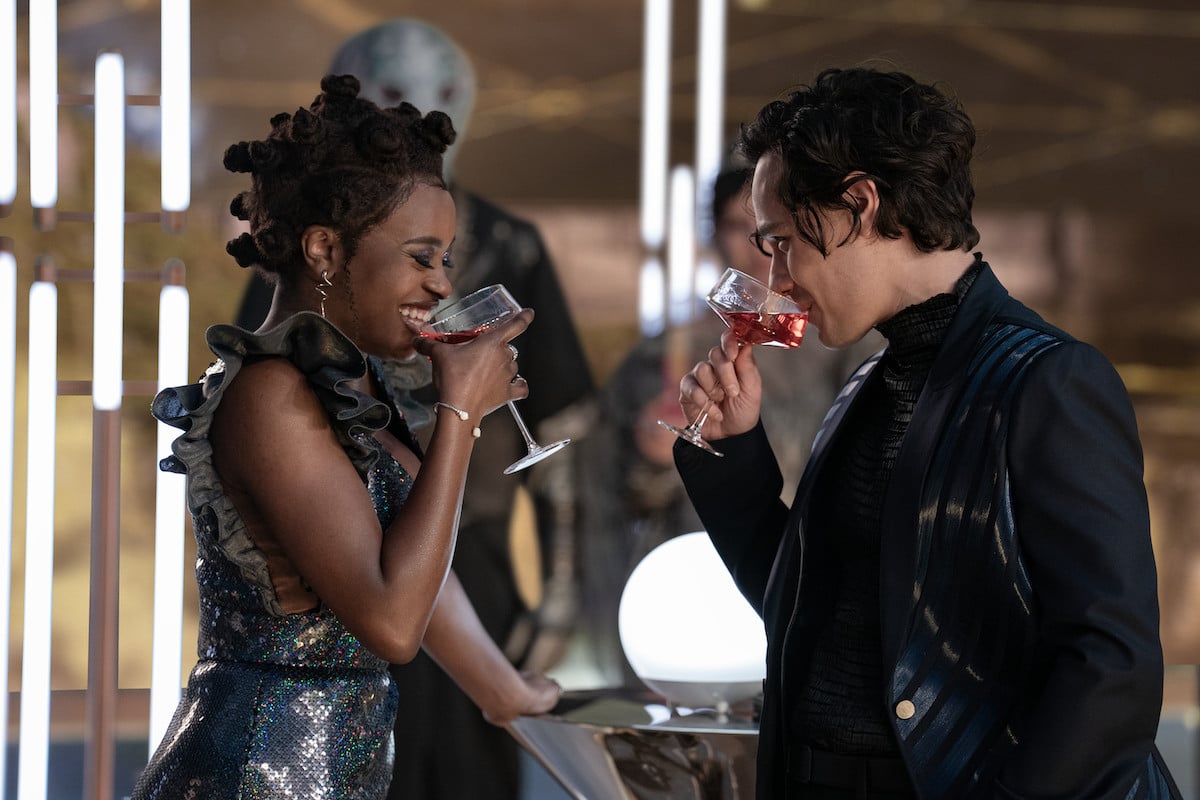
All that being said, the first half of Strange New Worlds Season 3 is still excellent sci-fi television. If anything, it may simply be falling victim to the extremely high standard which it had previously established for itself. As I wrote above, its overall quality will truly be decided by the remaining five episodes.
With a show this good, it remains disappointing that it will be ending with season 5. However, Lower Decks and Discovery didn’t learn their respective fifth seasons would be their last until very late in the season’s production. By contrast, Strange New Worlds is getting advance notice of its impending conclusion. Perhaps this will elevate the six episode final season to new heights.
In any case, we still have several more seasons to look forward to with the excellent crew. As usual, Spock (Ethan Peck), Una Chin-Riley (Rebecca Romijn), Nyota Uhura (Celia Rose Gooding), La’an Noonien-Singh (Christina Chong), Christine Chapel (Jess Bush) and Pelia (Carol Kane) remain captivating onscreen. And newcomer Montgomery “Scotty” Scott (Martin Quinn) is a solid addition to the cast. Plus, the other main cast members mentioned in the review above continue to shine, as well. And I continue to enjoy the appearances by Jenna Mitchell (Rong Fu), Sam Kirk (Dan Jeannotte) and James T. Kirk (Paul Wesley), although I wish all three would get more screen time.
Strange New Worlds is from executive producers Akiva Goldsman, Henry Alonso Myers and Alex Kurtzman. The first two episodes are scheduled to arrive for streaming on Paramount+ on Thursday, July 17, 2025.
Catch up with Star Trek: Strange New Worlds Seasons 1 and 2, currently available for streaming on Paramount+. The first two episodes of Season 3 will arrive July 17, with new episodes following on Thursdays thereafter.




















 English (US) ·
English (US) ·